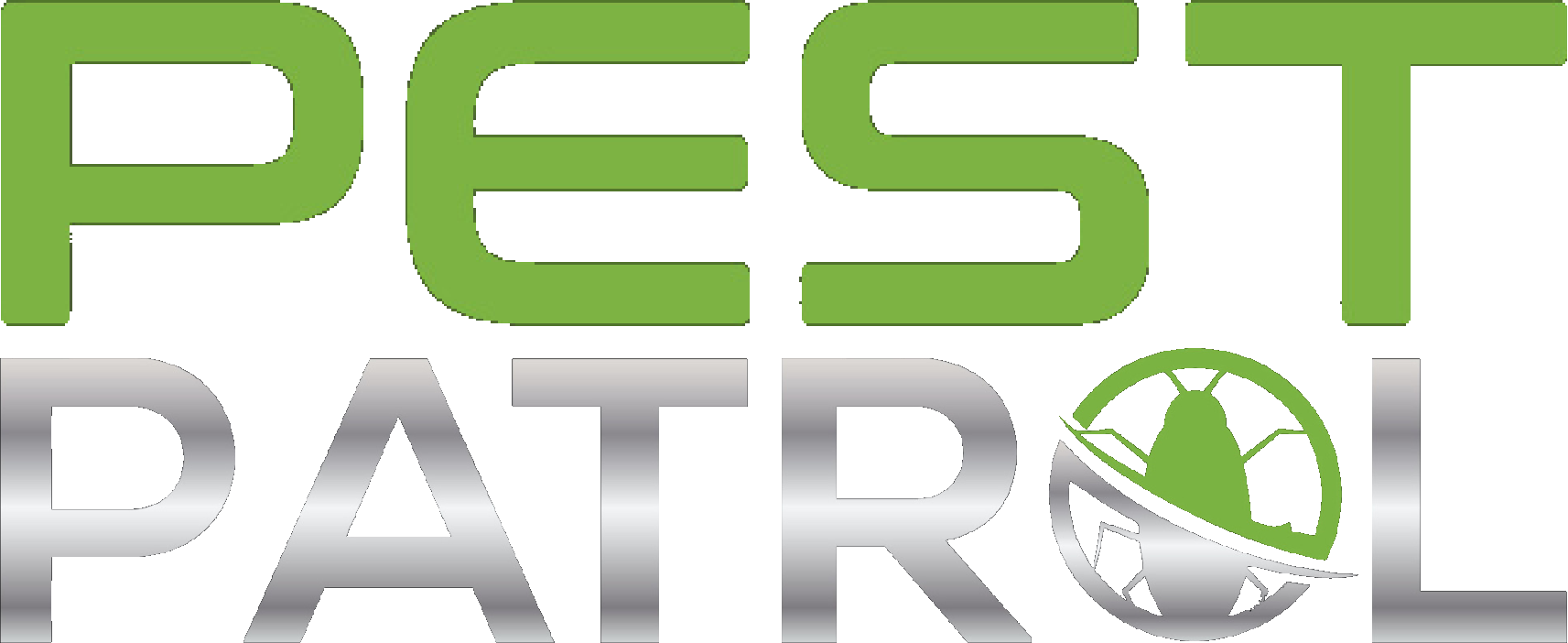Is your business facing an unexpected pest problem? Understanding the signs can save you time and money. Early detection of pest activity protects staff, customers, inventory, and your brand reputation, and it allows for targeted commercial pest control that reduces long‑term costs and liability.
This article explores the ten critical indicators that suggest it is time to consider commercial pest control services for your property. Each item outlines practical detection tips, immediate actions to take, and how professional commercial pest services can address the problem effectively.
1. Unusual Pest Sightings in Common Areas

Frequent sightings of insects or rodents in high-traffic areas are a clear red flag for property managers and business owners. When pests appear in lobbies, break rooms, dining areas, or retail floors, the visibility of infestations increases the risk of customer complaints and regulatory scrutiny. These sightings often indicate a growing infestation that is moving beyond peripheral entry points and into core operational zones, signaling the need for commercial pest control interventions.
Begin documenting sightings with date, time, and exact location to establish patterns that pest management professionals can use. Immediate steps to take include increasing monitoring, sealing obvious entry points, and temporarily restricting access to affected zones. Commercial pest control teams will use this documentation to design targeted inspection plans and implement exclusion, trapping, or treatment strategies that minimize disruption to business operations.
- Log sightings with photographs when possible
- Temporarily close or cordon off impacted areas for inspection
- Contact commercial pest control for a thorough assessment
2. Finding Pest Droppings or Nests

Identifying droppings and nests provides definitive clues about the type and scale of pest activity on site. Droppings vary by species in shape, size, and placement and can indicate rodents, cockroaches, or other pests. Nests signal an established breeding population and a higher likelihood of continued activity unless treated with professional pest management measures.
When droppings or nests are found, avoid disturbing them directly and follow biosecurity practices such as wearing gloves and reporting the location to facilities or safety personnel. Pest management professionals will perform species identification, assess infestation scope, and recommend integrated strategies including sanitation, exclusion, and targeted treatments. Proper identification also informs chemical choice, placement of traps or bait stations, and long‑term monitoring plans.
- Differentiate droppings by appearance and location to narrow species
- Preserve photos and precise locations for pest management teams
- Use professional pest management rather than DIY removal of nests
3. Damage to Property or Inventory
Visible damage to wiring, insulation, packaging, or stored inventory is a direct indicator of pest presence and a risk to operations. Pests can chew through electrical cables and insulation, creating fire hazards and costly repairs. Evidence of gnawed boxes, torn plastic wrap, or ruined stock in warehouses, kitchens, or retail storerooms requires immediate attention from exterminator services.
Exterminator services provide assessments that prioritize safety and continuity of operations, recommending containment, repairs, and targeted eradication. They will coordinate with maintenance and supply chain teams to secure affected inventory, evaluate structural vulnerabilities, and implement preventive barriers. Fast action reduces both replacement costs and downtime while addressing the root cause to prevent recurrence.
- Inspect electrical rooms, storage racks, and behind equipment for chew marks
- Isolate and document damaged inventory for insurance and remediation
- Engage exterminator services to assess structural repairs and prevention
4. Strange Noises Coming from Walls or Ceilings
Scratching, scurrying, or gnawing sounds at night or early morning are classic signals of rodent activity within building cavities. Noises coming from walls, ceilings, or voids suggest nesting, movement, and potentially expanding populations. Identifying these sounds early enables targeted rodent control that prevents damage to infrastructure and reduces disease transmission risks.
Investigate sounds by checking times and locations to identify movement patterns, but avoid attempting to reach into voids where animals may be defensive. Rodent control professionals will use baiting, trapping, and exclusion techniques tailored to building construction and pest behavior. They can also recommend structural fixes such as sealing entry points at pipe penetrations, door thresholds, and rooflines to remove harborage and entry opportunities.
- Track noise patterns by recording times and locations
- Do not attempt to flush or corner rodents inside walls
- Consult rodent control experts for humane trapping and exclusion
5. Evidence of Food Contamination
Finding chewed packaging, spoiled food, or traces of insects in food preparation and storage areas is a public health concern requiring immediate action. Food contamination leads to product loss, regulatory violations, and risk of foodborne illness for employees and customers. Pest prevention is central to minimizing contamination risk and protecting your brand and bottom line.
Address contamination by removing affected product, increasing sanitation frequency, and performing a rapid pest inspection to identify sources. Pest prevention measures include sealing packaging vulnerabilities, improving storage protocols, and implementing exclusion measures around loading docks and service entrances. Professional commercial pest services will combine inspection with corrective sanitation recommendations and ongoing monitoring to prevent recurrence.
- Remove and document contaminated food following safety protocols
- Tighten storage and packaging safeguards to prevenwt penetration
- Schedule a pest prevention audit with commercial pest services
6. Unpleasant Odors in the Premises
Foul or persistent odors in buildings often point to pest-related issues such as rodent infestation, dead animals in cavities, or accumulations of droppings. Odors may be localized to basements, kitchens, or HVAC intakes and can indicate the need for immediate pest inspection. Addressing the source quickly protects indoor air quality and reduces complaints from staff and customers.
A pest inspection will identify whether odors stem from live infestations, carcasses, or microbial growth associated with pest activity. Technicians can perform source removal, sanitation, and odor mitigation, and recommend HVAC cleaning or filter upgrades if contaminants have circulated. Regular pest inspection programs reduce the likelihood of surprises by catching odor‑causing problems before they become pervasive.
- Trace odors to specific zones and note persistence patterns
- Avoid airing out spaces if smells suggest carcasses until inspected
- Use pest inspection services to locate and remediate sources
7. Increased Complaints from Employees or Customers
When staff and visitors increasingly report sightings, droppings, or bites, the pattern often reflects an infestation that affects operational reputation. Employee and customer complaints can escalate fast on social media or review sites, creating reputational risk for businesses in hospitality, retail, and food service. Prompt engagement with commercial pest services demonstrates proactive risk management and helps preserve customer trust.
Create an internal reporting pathway so complaints are logged and triaged quickly, then coordinate with commercial pest services for an inspection and communication plan. Addressing concerns transparently while initiating remediation helps maintain morale and public confidence. Pest professionals can provide communication templates and timeline estimates so management can respond to stakeholders with credible action plans.
- Implement a formal complaint logging procedure for staff and customers
- Triage reports and schedule an urgent inspection with commercial pest services
- Use professional guidance for customer-facing communication during remediation
8. Difficulty Maintaining Cleanliness
Persistent challenges in keeping facilities clean despite diligent efforts can indicate pest activity that undermines sanitation. Pests are often attracted to food residues, grease buildup, or organic waste that standard cleaning misses. When cleanliness seems impossible to maintain, integrating sanitation services with pest control creates a coordinated approach to reduce attractants and close sanitation gaps.
Sanitation services paired with pest control address root causes by improving waste management, cleaning frequency, and cleaning methods in sensitive areas. Pest control professionals will audit sanitation practices and recommend corrective steps such as sealed waste containers, dedicated cleaning schedules for equipment, and staff training. This combined approach supports regulatory compliance and creates a less hospitable environment for pests.
- Identify recurring problem areas and increase targeted cleaning efforts
- Upgrade waste infrastructure and sealing to reduce attractants
- Coordinate sanitation services with pest control inspections for lasting results
9. Observing Unusual Behavior in Pets
Pets on commercial properties, such as guard dogs or resident cats in storerooms, may react strongly to pests by scratching walls, pacing, or pawing at specific areas. Such behavior can be an early clue to hidden infestations of insects, rodents, or other pests. Observing unusual pet behavior provides an additional, often overlooked, detection layer for insect control measures.
When pets repeatedly focus on certain spots, document these occurrences and include them in your pest inspection briefing. Insect control professionals will investigate those nodes for nests, larvae, or entry points and recommend targeted treatments that are safe for animals. Integrating observations from staff and pets into insect control strategies increases detection accuracy and accelerates remediation.
- Note and report consistent pet behavior patterns that point to specific areas
- Keep animals away from suspected infestation zones until inspected
- Use insect control experts to investigate and treat safely around animals
10. Non-compliance with Pest Control Regulations
Failure to understand and meet local pest control regulations exposes businesses to fines, closures, and legal liability, particularly in sectors governed by strict public health codes. Compliance requirements often include recordkeeping for pest inspections, proof of regular commercial pest control, and adherence to safe treatment protocols. Ignoring regulations increases operational risk and can jeopardize licenses or contract relationships.
Stay informed of regional guidelines, industry standards, and inspection requirements by consulting municipal health departments and industry associations. Pest control regulations also influence which treatments are permitted, requiring licensed technicians for certain chemical applications and reporting. Working with pest control regulations‑aware providers ensures your business maintains compliance, keeps proper documentation, and implements approved methods that meet auditor expectations.
- Review local health department rules relevant to your industry
- Maintain records of pest inspection and treatment activities for audits
- Partner with licensed providers who understand pest control regulations
Ready to Protect Your Business? Pest Patrol Can Help
Business owners who recognize these signs understand that proactive commercial pest control protects people, property, and reputation. If you found several of the indicators described in this guide on your premises, Pest Patrol is equipped to assess the issue, implement targeted solutions, and provide ongoing pest prevention and pest management plans tailored to your operation. Our services include inspection, rodent control, insect control, sanitation coordination, green pest control options, and compliance support to meet local pest control regulations.
If you are ready to act, visit our website or contact us to schedule a professional pest inspection and learn how our services can keep your business pest‑free. We help business owners apply these insights with effective exterminator services and commercial pest services designed for minimal disruption and maximum protection—reach out today to secure your property.


